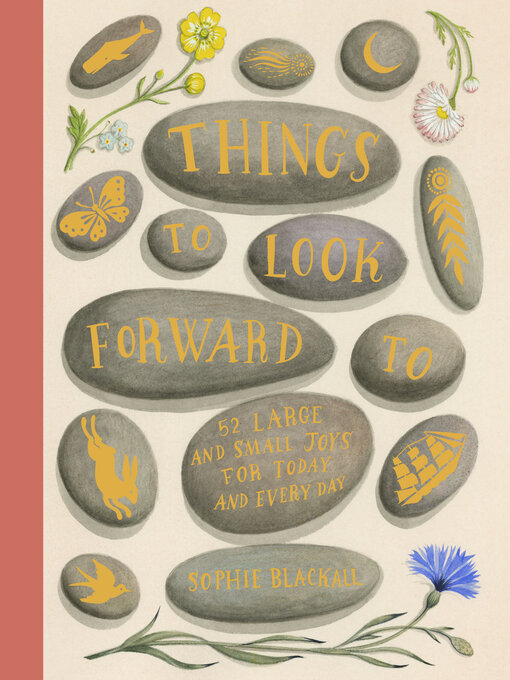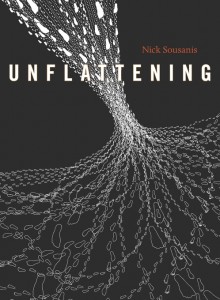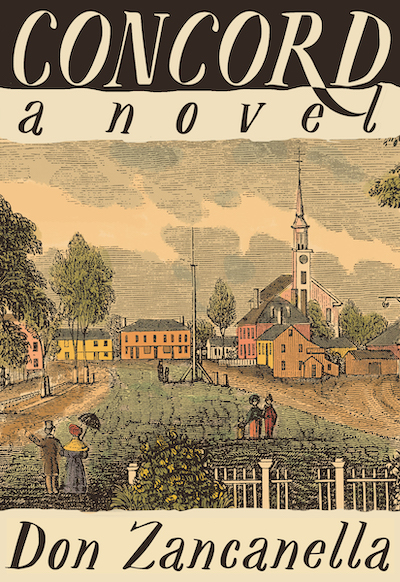
The book is a game, and the game is afoot!
Jason Shiga, the comic creator whose Meanwhile interactive comic book a few years back amazed me and my sons for its innovative use of a choose-your-own-story theme (complete with more than 3,800 choice possibilities), has a new book (and a new series, it seems) that builds on the concept that was in Meanwhile (which Shiga later turned into an app built on the concept of the Infinite Canvas idea of Scott McCloud).
Leviathan: AdventureGame Comics is a non-linear tour of story that is wrapped up in a sort of game, where the reader makes choices by following the “tubes” that lead to different pages in the book. Sometimes, Shiga leaves places for the reader to choose their own page, leaping back into the story at random points. Some pages have multiple story lines grouped together, with “tubes” running in different directions. Some pages are maps, with streets that lead to other sections of the book.
You never know what you’re going to land on when you turn to a page.
Here’s the book blurb:
Leviathan is set in a medieval coastal village, where residents live in fear of a giant sea creature. Your goal as a reader is simple: defeat the Leviathan! As you wander through the open world, the town’s backstory is revealed. You can attempt to visit the library to try and learn why the Leviathan destroyed it years ago. You can stop by the castle to discover the town was once riddled with crime and theft—and how that’s stopped as the Leviathan will wreak havoc on the town for the smallest misdeeds. If you’re lucky, you may find your way to the old wizard who may possess the one thing that could keep the Leviathan at bay. But not everything is as it appears in this village. Can you discover the secrets and stop the Leviathan before it’s too late?
I’ve been spending time wandering the book, zipping through the pages, following the adventures but have yet to find the ending point. I suspect, for many fans of Interactive Fiction, the end is not the point, anyway — it’s the journey that counts.
I could see middle school readers, in particular, enjoying Shiga’s new book (and Meanwhile, too) and its creative use of comic panels and narrative tubing makes for a very different kind of reading experience.
Here is Shiga, talking about the book (I can’t even begin to fathom how he planned it out and put it all together!):
Peace (connecting the tubes),
Kevin










